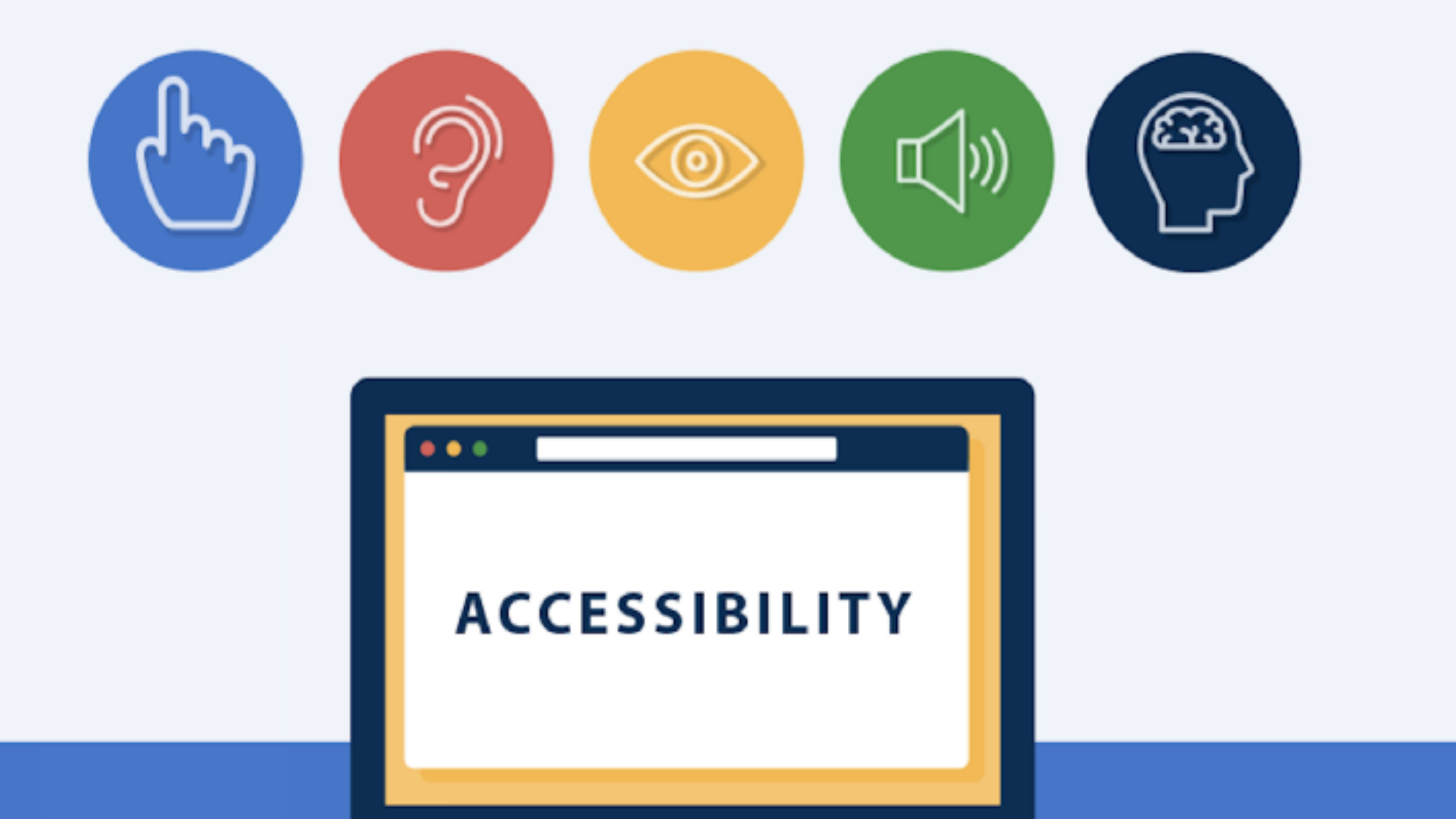Web publications, such as e-books, magazines, reports, and articles, can provide rich and interactive experiences for readers, but they also pose challenges for accessibility. Accessibility means that digital documents can be used by people with disabilities, such as visual, auditory, cognitive, or motor impairments, as well as by people with different devices, preferences, and situations.
Accessibility is important for the web publications because it ensures that everyone can access and benefit from the information and knowledge they contain. It also enhances the usability and quality of web publications for all readers, regardless of their abilities or circumstances. Even though accessibility is only sometimes a legal obligation, more often than not is a moral obligation for web publishers, as it promotes inclusion, diversity, and social justice.
To achieve accessibility for web publications, web publishers and developers need to follow some principles and guidelines that address the different aspects of web accessibility, such as:
- Perceivable: Web publications should provide text alternatives for non-text content, such as images, audio, and video. They should also allow the content to be presented in different ways, such as by changing the font size, color, or layout, or by using assistive technologies, such as screen readers, magnifiers, or braille displays.
- Operable: Web publications should enable users to navigate and interact with the content using different input methods, such as keyboard, mouse, touch, or voice. They should also provide enough time for users to read and use the content, and avoid content that can cause seizures or physical reactions.
- Robust: Web publications should use valid and standard web technologies, and ensure that the content is compatible with current and future user agents, such as browsers, applications, and assistive technologies.
To help web publishers and developers implement these principles and guidelines, there are some resources and tools available, such as: Web Content Accessibility Guidelines (WCAG) 2.1 and EPUB Accessibility 1.1. There are also evaluation tools available for free to use. These are software or services that can help web publishers and developers check the accessibility of their web publications, by identifying and reporting accessibility issues, and providing suggestions for improvement. Some examples of web accessibility evaluation tools are WAVE, and Lighthouse.
Accessibility for web publications is not only a matter of compliance, but also a matter of quality, usability, and innovation. By making web publications accessible, web publishers can reach a wider and more diverse audience, enhance the user experience and satisfaction, and contribute to the social good. Accessibility for web publications is not a one-time task, but an ongoing process that requires awareness, commitment, and collaboration between authors, publishers and developers.
